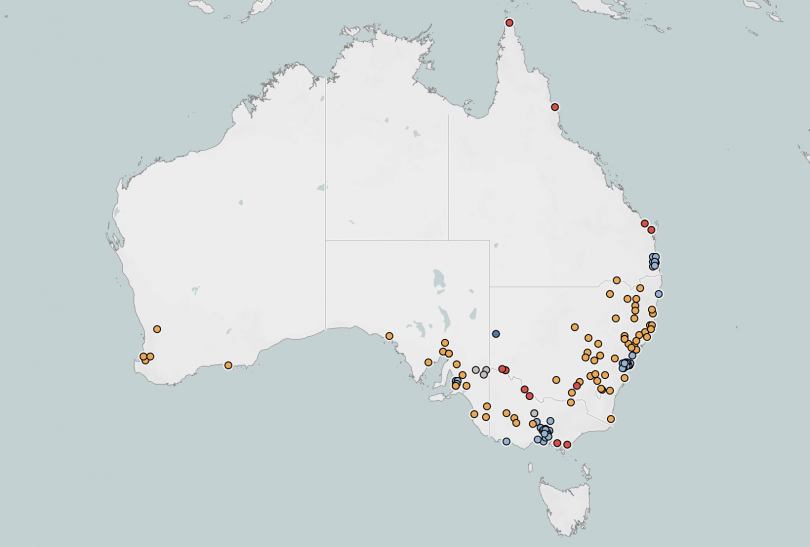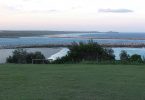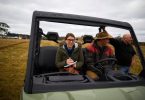Gary Dickson discusses the Australian Newsroom Mapping Project by Rosa Ritchie
Stream Gary Dickson discusses the Australian Newsroom Mapping Project by Rosa Ritchie on desktop and mobile. Play over 265 million tracks for free on SoundCloud.
Local news coverage has deteriorated in the suburbs, not just regional and remote areas, according to mapping conducted in Australia and the United States.
The Australian Newsroom Mapping Project, a long-term initiative launched by the Public Interest Journalism Initiative (PIJI), aims to contribute to the understanding of the health of the Australian media landscape.
PIJI research and projects manager Gary Dickson said data collected since the project began in April had already provided useful insights.
“One thing that’s emerged from this work is the extent to which, when we talk about the loss of local journalism, we focus on rural and regional cities, but actually, some of the worst losses are occurring in the suburbs around the major metro cities and I don’t think that’s part of the public narrative,” Mr Dickson said.
The project has attracted industry interest and he hoped it would inform policy change.
Similar studies by the Columbia Journalism Review and the UNC Hussman School of Journalism and Media have found a significant decline in local news coverage in both urban and rural parts of the United States.
The UNC news desert mapping project, which Mr Dickson described as “the gold standard”, released a report in 2018 that found 70 per cent of newspapers that closed or merged from 2004 onwards were in metro areas.

News deserts form when journalism dries up. (Image: Rosa Ritchie.)
UNC defined a news desert as “a community, either rural or urban, with limited access to the sort of credible and comprehensive news and information that feeds democracy at the grassroots level”.
But PIJI did not yet have the capacity to locate and verify which parts of Australia are news deserts.
Mr Dickson said “it’s easier to prove change than it is to prove absence” because to track the news desert phenomenon, PIJI would have to build a detailed dataset of every newspaper, digital outlet, radio and television broadcaster in Australia.
“We could do it, and it’s a long-term goal for us … but it takes a lot more investment than we’ve been able to put into it so far,” he said.
The final report from the ACCC Digital Platforms Enquiry found news scarcity also related to a significant decrease in the number of news articles on matters of public interest.
The ACCC reported that Australia’s major metro and national daily newspapers published 26 per cent fewer articles on local government issues, 40 per cent fewer articles on local court matters, 30 per cent fewer articles on health issues and 42 per cent fewer articles on science issues between the mid-2000s and 2018.
A study of local journalism and digital media by the University of Melbourne indicated social media was used by community groups to fill gaps in local news coverage in Australia.
The report found community groups used Facebook to connect locals to services and community news.

Community news is often shared on Facebook. (Image: Pixabay.)
Mr Dickson said there were subjective decisions to be made about how news would be defined in the digital age.
He gave the example of Victor Harbor, South Australia, where a local man attended every council meeting, live-streamed it on Facebook, and shared a report of the meeting on a very active community Facebook page the next morning.
“Does that count as news? To my mind, that counts as news, but it doesn’t look like traditional news.”
Mr Dickson hoped to see more not-for-profit media in Australia, which would require legislative change.
“You can’t currently get Deductible Gift Recipient status for donations to news, which is why we have almost no philanthropic news sector, but in the US places like ProPublica are entirely philanthropically supported and do an incredible job,” he said.
In 2019 the ACCC recommended the government amend tax settings to encourage philanthropic support for not-for-profit media organisations involved in public interest journalism.
(Featured Images: The Australian Newsroom Mapping Project captured with permission on April 28 2020, and a portrait of Gary Dickson provided by him and published with his consent.)







